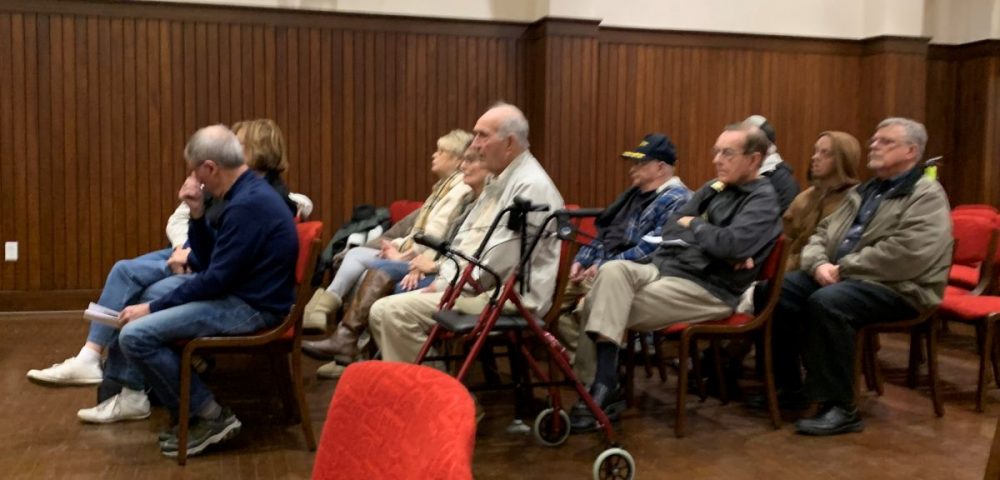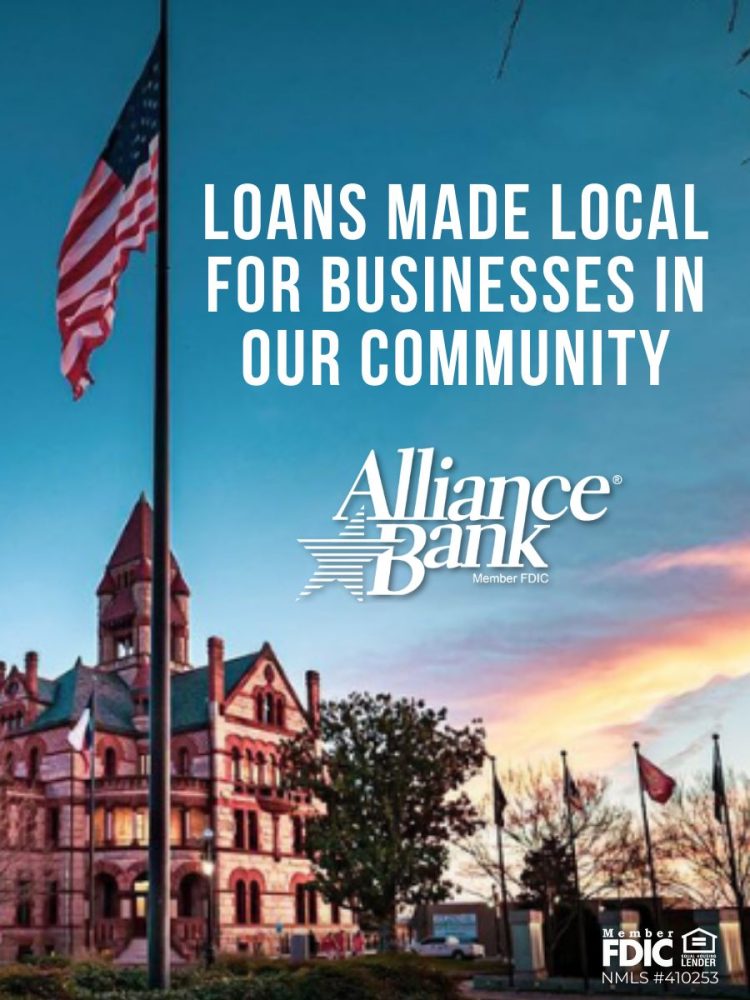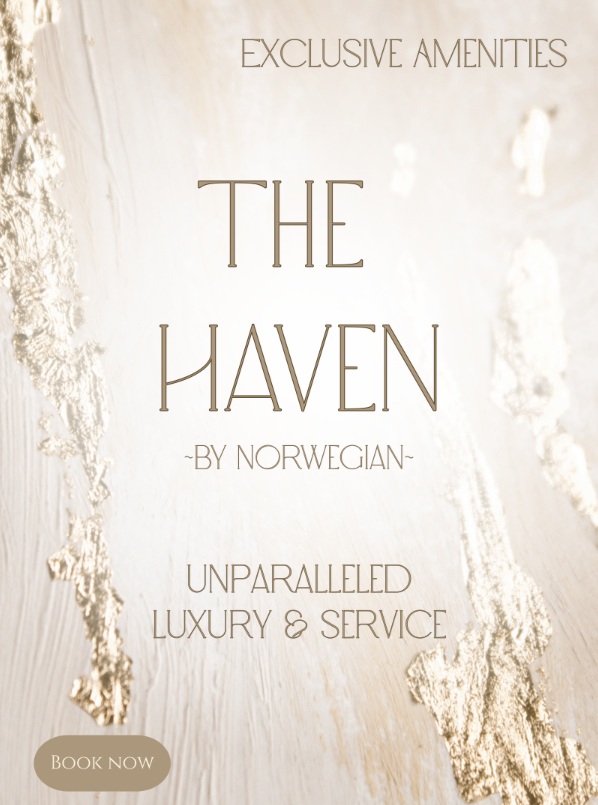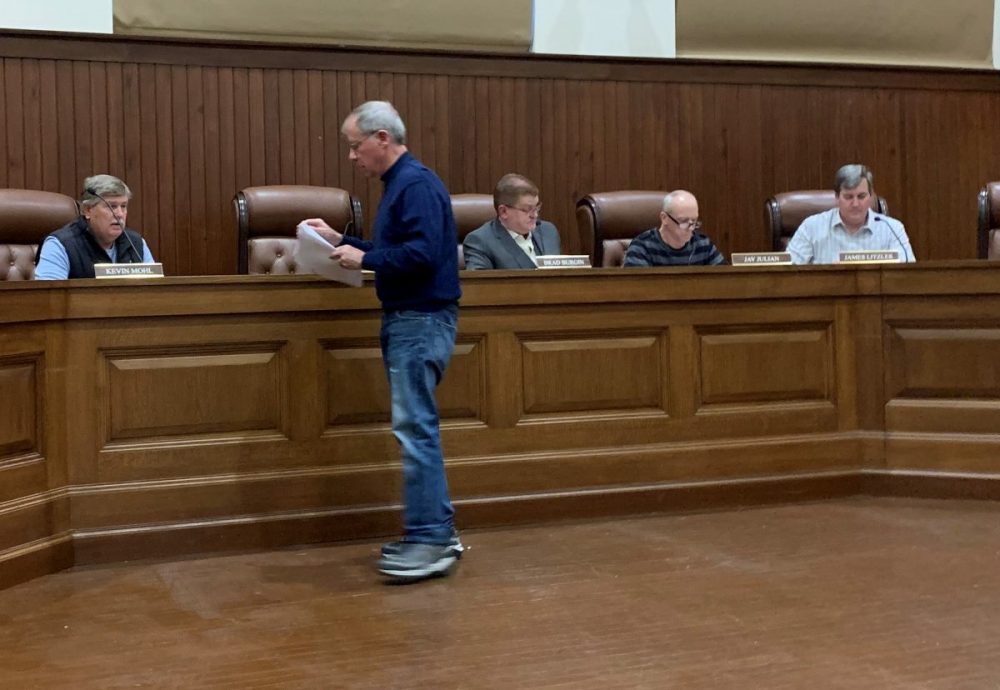
First Presbyterian Church‘s request for a variance from the downtown design guidelines sign requirements was approved Tuesday night by the Zoning Board of Adjustments and Appeals.
The request marked the second time FPC members requested permission to put up a digital sign. However, the request was denied the first time at a Nov. 19 meeting due to the size of the sign and the fact that it would or could have animated images, which was not thought consistent with the historical appearance for the property.
City staff in November recommended the request not be approved because it didn’t meet requirements. However, Tuesday, Jan. 21, after speaking with church members and further investigation into the matter, city staff recommended granting the request to allow the church to place the sign on their property.
Sulphur Springs Community Development Director Tory Niewiadomski told the ZBA that letters h ad been sent to the 12 property owners around the church who would be most impacted by the sign. Only two returned letters regarding the request, and one was undecided.
Niewiadomski said church members were not represented at the November meeting, but were present Jan. 21 to discuss the matter.
It was also pointed out that First United Methodist Church has a sign similar to the sign the Presbyterians wanted to install. The location of FUMC’s sign is just outside the map for requirements regarding downtown signs. FPC is located about the same distance from downtown, but on the map within the restricted zone. It’s a short distance to the railroad tracks on College Street, and owns the property to the tracks. The church is not within what is considered easy walkable distance to downtown, according to Niewiadomski.
City Attorney Jim McLeroy told the board that he believed had there not been a breakdown at the meeting, which the church members did not attend, the request never would have been presented to the ZBA.
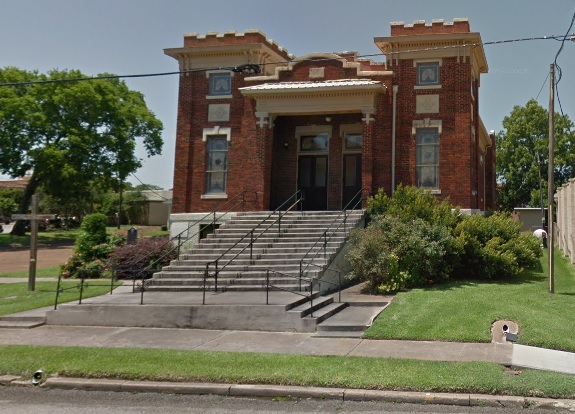
ZBA member James Litzler asked the church members if they were willing to make adjustments to meet the qualifications, including reducing the sign to six feet and asked if it would be a color to match the brick on the building.
Lee Teetes said the sign would be pretty close in color, although the exact color of the building would be hard to match. The brick on the building is more than 100 years old, the length of time the church has been on the property.
Teetes said unfortunately, the sign, which is 6.27 feet can’t be reduced in size because it has already been purchased and is stored inside the building. The $10,000 was donated and the sign was purchased and given to the church.
The sign that was at the church was in such bad shape that it had to be taken down. He promised the new sign would be “something that looks good.”
ABA member Jay Julian said the based on the guidelines given to them for downtown towns, in Chapter 8.14 of the design guidelines, the church doesn’t meet the size guidelines and could be construed as “out of character historically” as an “attention getting signs are inappropriate.”
McLeroy pointed out that the Presbyterian church property is about the same distance down College Street as the Methodist church is on Church Street. However, half of FUMC’s property is outside the district. The sign is on the half just outside the district.
The city attorney said the boundary lines, which include overlays for the tax reinvestment zone, were established 10-15 years ago with the intent that additional funds would be raised from improved property values within the reinvestment zone to pay for bonds used to fund improvements on the square.
“We tried to identify properties that would have enhanced value. The whole city was affected, but some properties were more directly affected,” McLeroy said.
The church doesn’t fit into that category for increased tax value, even if significant changes were made to increase the property value because it is a church, McLeroy explained.
Litzler pointed out that any lighted sign would be out of character historically for the building due to the age of it.
Teetes presented the ZBA with a printouted image of the sign.
“It looks like a tasteful sign to me,” Litzler said, adding that he had no problem with a church being allowed to advertise service times and functions on a sign on their property.
ZBA Chairman Brad Burgin said he agreed. He said he doesn’t think the church’s location within the overlay boundaries is inside the line intended for the sign design guidelines, considering the location of the FUMC property and sign on the map.
Burgin recommended, and Kevin Mohl seconded the motion, that the sign be allowed. Litzler also agreed to the request. Jay Julian would neither approve nor decline the request, opting to abstain from voting on the matter.
Discussion continued, with the church and other council asking him about his decision.
Julian said the church is on the map in the district. The rules should not be left for interpretation. He said he applied the same method to all matters presented. He said the rules and ordinances were in place, and he tried to follow them.
Julian also pointed out that animated signs are prohibited.
Burgin pointed out that one business on the square has a sign that is lighted and could be considered movement in the window.
Church members Red Cross and Myra Grant asked if the lights on the courthouse which change colors would fall into that category as that isn’t keeping with the historic look for the area and about First Baptist Church’s lighted sign. Also suggested was building a structure on the property and putting the sign under it so it meets the terms like signs in business windows.
McLeroy pointed out that the colored lights on the square are just that, lights, so the sign guideline doesn’t apply to them. Lizler conceded that historically, the courthouse was not flooded with purple lights. It was pointed out the FBC sign is a neon sign, not a digital animated one.
Mohl asked what it’d take to change the boundary or clarify the design guidelines. The DRB would have to approve it, then it would likely be presented to the City Council.
After further discussion a second vote was called. Three members of the ZBA voted to allow the sign. Julian again abstained.
McLeroy said it is his legal opinion that the 3-1 vote should allow the measure. He said he was reminded that while state statues stipulate an underlying majority of four must approve appeals, the matter is a request for a local regulations variance. It’s not in the city ordinances, so agreement of a super majority should be enough to approve the sign design variance guideline request, McLeroy said.
